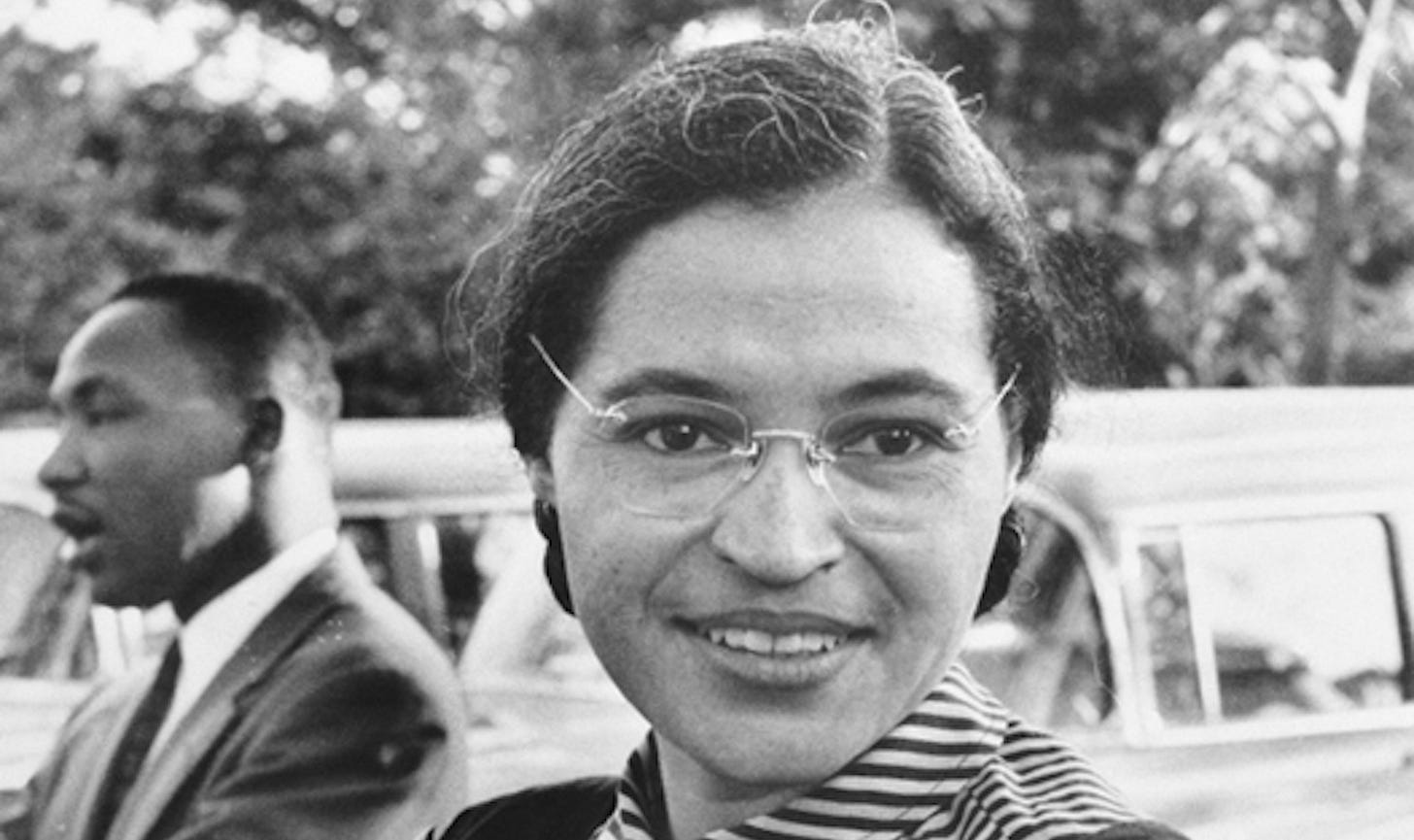The Union victory in the American Civil War put an end to slavery in the United States, but in the decades that followed, white southern Democrats established Jim Crow laws that legally mandated racial segregation throughout much of what had been the Confederacy.1 In most of the southern (and western) United States, it was illegal for black people and wh…
Keep reading with a 7-day free trial
Subscribe to The Objective Standard to keep reading this post and get 7 days of free access to the full post archives.




